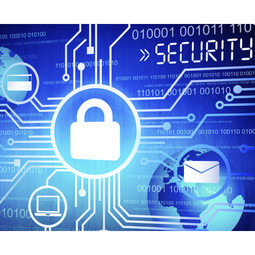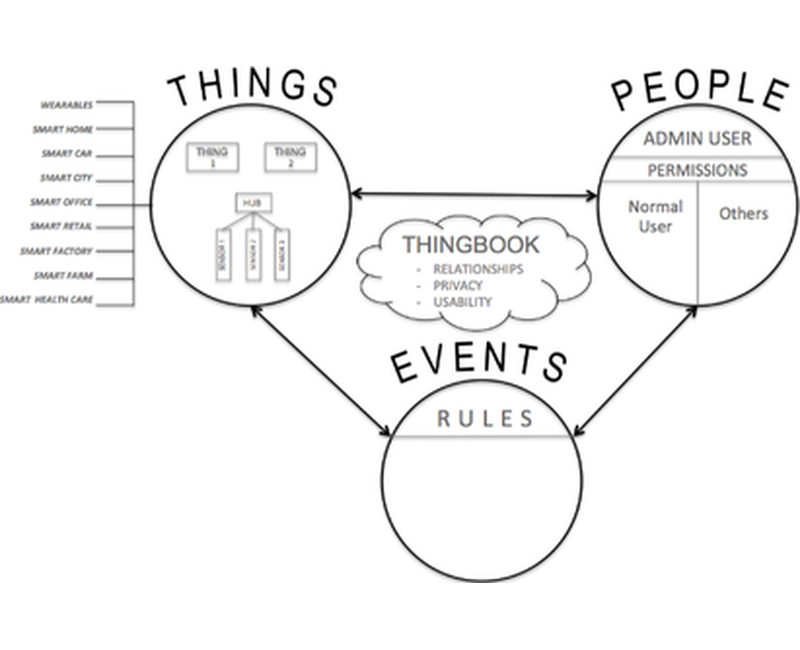
Published on 08/01/2016 | Strategy
A number of different groups (consortiums, special interest groups, forums, alliances, etc.) are popping up around the world to rally around the topic of the Industrial Internet of Things but they aren’t all created equally.
I’m a big fan of people coming together for a common cause! Especially one like IIoT that is so near and dear to my heart.
When a promising new technology starts out, sometimes it needs a little help to make it to mass market. Manufacturers, operators, governments, standards bodies, and consumer organizations must often rally together for a common cause in order to move forward – otherwise chaos can ensue and it will either 1) take a lot longer to reach the market, 2) become fragmented, 3) become dominated by a single proprietary vendor, or simply 3) the innovation fails to take root.
A few weeks ago I mentioned standards and that several special interest groups have formed to help move along the IoT cause, and today I want to take a closer look at two organizations that are becoming extremely important in the world of Industrial IoT: the Industrial Industry Consortium (IIC) and the Industry 4.0 Working Group .

The IIC began in March 2014 with the mission to “coordinate vast ecosystem initiatives to connect and integrate objects with people, processes and data using common architectures, interoperability and open standards.” Founded by AT&T, Cisco, GE, Intel and IBM, this group has amazing clout behind it. The biggest names in the industry have come together to drive the architectural framework and direction for the Industrial Internet. Membership in the IIC is open to any organization, regardless of size or mission. With nearly 200 members, their voice is becoming powerful in the industry, and agreed architectures and standards from this group will have global implications.
Now look at the Industry 4.0 Working Group. You’ll often hear ‘Industry 4.0’ as a generic term in the industry for the fourth industrial revolution (the first three being recognized as water/steam power, electricity and computers.) Internet of Things (IoT) power, as defined in Industry 4.0, is truly game changing – and the term actually comes from a working group of the German government that is looking to progress the country’s economic and political situation as it relates to opportunities around Industrial IoT (IIoT), i.e. Smart Factories. When the strategy was introduced in 2012, it was very forward-thinking. Today, it is still aggressive and ambitious to put (or keep) Germany at the top of the tech food chain.
With IIC, we have several major players and 200 smaller players pushing global standards, and a shared architecture. The market is motivating these big players and the smaller vendors are also actively engaged, hoping to lobby for their company’s piece of the pie. We’ve seen this before ( Wi-Fi Alliance , Broadband Forum ) and it has been successful, driving deployment, interoperability and generally expediting market success of the technology. Not everyone will “win” but the industry will move fast and react specifically to market demand and trends.
On the flip side, with Industry 4.0, the government is firmly in control. Politics come into play, as does red tape and bureaucracy. Germany has a very aggressive and firm approach , comparing itself to the rest of the world – and quite honestly, I like it. It’s bold and competitive and one of the reasons why Germany is successful in the global economy. But with Germany backing the major IoT initiative, and issuing reports that compare the country’s market position vs the rest of the world, I do wonder: how can healthy competition be maintained? . Germany is not Europe and Industry 4.0 (or Industrie 4.0 as Germany calls it) is not the European strategy for IIoT. We need to remember this.
Other European countries are promoting similar projects such as Region of Smart Factories in the Netherlands, Les Usine du Futur in France, High Value Manufacturing Catapult in the UK, and Fabbrica del Futuro in Italy – and all of them are in competition with Industry 4.0 and to each other.
This is reflecting the fragmented European approach to different issues (fiscal, business, defense, etc.) with no common strategy and no common platform to allow the European companies to better compete on the global market.
There is lot of internal discussion about limitation and this puts us in a dangerous risk: what if a state political aspiration and rules trump what’s best for the European industry? What if this becomes a closed community? Who will be allowed to participate? How open will this be?
I think frequently in Europe, activities are not driven from an open, competitive market but from governments.
Take all the trouble UBER had when it tried to start its services in France and Italy, for example. European government created the rules, imposing very protective union protecting behavior and limited competition. Will we see the same thing in Industry 4.0, where the rules will be quite complicated? Will certain vendors and providers be “shut out” of markets due to competitive regulations based on government-driven Industry 4.0?
I’m watching this carefully and I am nervous that this isn’t healthy for anyone involved.
At Wi-NEXT, we recently moved our headquarters from Italy to the Silicon Valley in the US. So many people have asked us WHY?
We believe that there is a great opportunity in the global economy. While Europe holds market potential and promise, the real opportunity is seen where there is no limit to what can be achieved.
Also, look at the other top IoT companies. Where are their headquarters located? 15 of the top 20 are US-based according to IoT Analytics.
Sometime I like to joke with my friends and I say American people say DO IT and European people say DISCUSS IT.
It’s a joke but I strongly believe that in Europe we are at risk to losing the big opportunity to lead the IIoT market in spite of the huge manufacturing culture (Europe represents 50% of the world manufacturers) and this is because we don’t have a common go-to-market strategy, we are fighting internally (as usual) and especially, we are waiting for government rules and actions.
In the US, California is a hotbed of innovation and collaboration and it feels like the right place to take our company to the next level of success. But I strongly believe that Europe can play a leading role and for this reason I think that initiative like IIC and Industry 4.0 are not in competition but they can be complementary! European Working Groups have to work in close collaboration with US.
The IIC is moving forward in an inclusive framework and market driven direction. Clearly political power and funding may move some solutions forward quicker than others, and we are keeping a close eye on Industry 4.0 Working Group and their Industrial IoT measures as they mature to make sure we are supporting the right organizations as IoT and particularly in our interest- IIoT obtains real world deployment. I encourage all to stay informed and commit your companies’ resources where the best impact can be made on global IoT expansion.